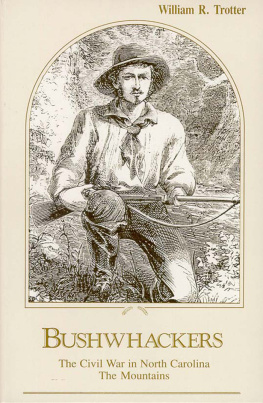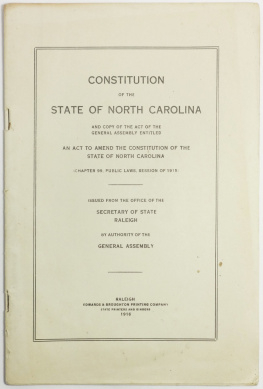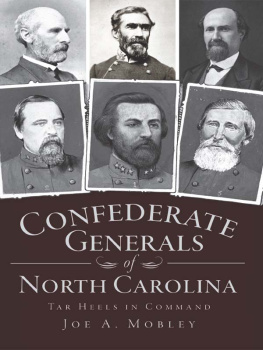LCDR James J. May USN - Joint Operations In The North Carolina Sounds During The Civil War
Here you can read online LCDR James J. May USN - Joint Operations In The North Carolina Sounds During The Civil War full text of the book (entire story) in english for free. Download pdf and epub, get meaning, cover and reviews about this ebook. year: 2015, publisher: Pickle Partners Publishing, genre: History. Description of the work, (preface) as well as reviews are available. Best literature library LitArk.com created for fans of good reading and offers a wide selection of genres:
Romance novel
Science fiction
Adventure
Detective
Science
History
Home and family
Prose
Art
Politics
Computer
Non-fiction
Religion
Business
Children
Humor
Choose a favorite category and find really read worthwhile books. Enjoy immersion in the world of imagination, feel the emotions of the characters or learn something new for yourself, make an fascinating discovery.

- Book:Joint Operations In The North Carolina Sounds During The Civil War
- Author:
- Publisher:Pickle Partners Publishing
- Genre:
- Year:2015
- Rating:3 / 5
- Favourites:Add to favourites
- Your mark:
- 60
- 1
- 2
- 3
- 4
- 5
Joint Operations In The North Carolina Sounds During The Civil War: summary, description and annotation
We offer to read an annotation, description, summary or preface (depends on what the author of the book "Joint Operations In The North Carolina Sounds During The Civil War" wrote himself). If you haven't found the necessary information about the book — write in the comments, we will try to find it.
Joint Operations In The North Carolina Sounds During The Civil War — read online for free the complete book (whole text) full work
Below is the text of the book, divided by pages. System saving the place of the last page read, allows you to conveniently read the book "Joint Operations In The North Carolina Sounds During The Civil War" online for free, without having to search again every time where you left off. Put a bookmark, and you can go to the page where you finished reading at any time.
Font size:
Interval:
Bookmark:


- Railroad Lines in Northeast North Carolina in 1862.
- Union Command Structure in North Carolina in January 1862.
- Confederate Defenses on Roanoke Island.
- Approaches to New Bern, North Carolina in 1862.
- Location of Confederate Forces during siege of Washington.
- Naval Attack on Plymouth, October 30th, 1864.
- Vessels Assigned to the Sounds of North Carolina on March 15, 1862.
- Vessels Assigned to the Sounds of North Carolina on July 1, 1862.
- Army Vessels Reassigned to the Sounds in January 1863.
- Vessels Assigned to the Sounds of North Carolina on June 15, 1864.
- Vessels Assigned to the Attack of Plymouth on October 29, 1864.
- Vessels Assigned to the Sounds of North Carolina on January 1, 1865.

Font size:
Interval:
Bookmark:
Similar books «Joint Operations In The North Carolina Sounds During The Civil War»
Look at similar books to Joint Operations In The North Carolina Sounds During The Civil War. We have selected literature similar in name and meaning in the hope of providing readers with more options to find new, interesting, not yet read works.
Discussion, reviews of the book Joint Operations In The North Carolina Sounds During The Civil War and just readers' own opinions. Leave your comments, write what you think about the work, its meaning or the main characters. Specify what exactly you liked and what you didn't like, and why you think so.




